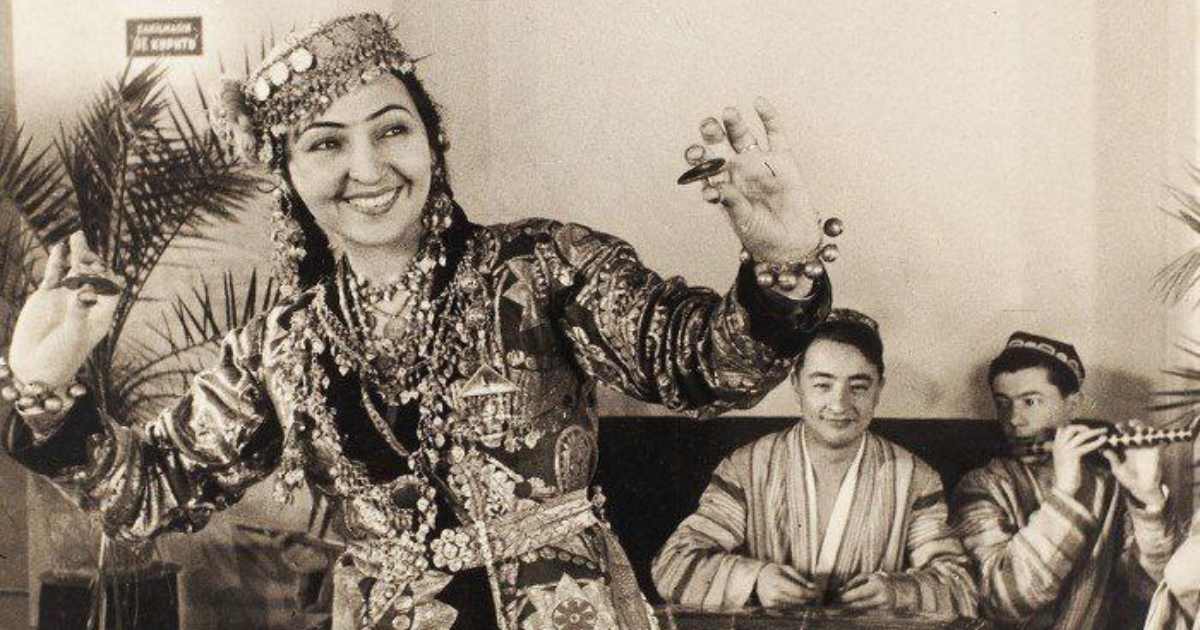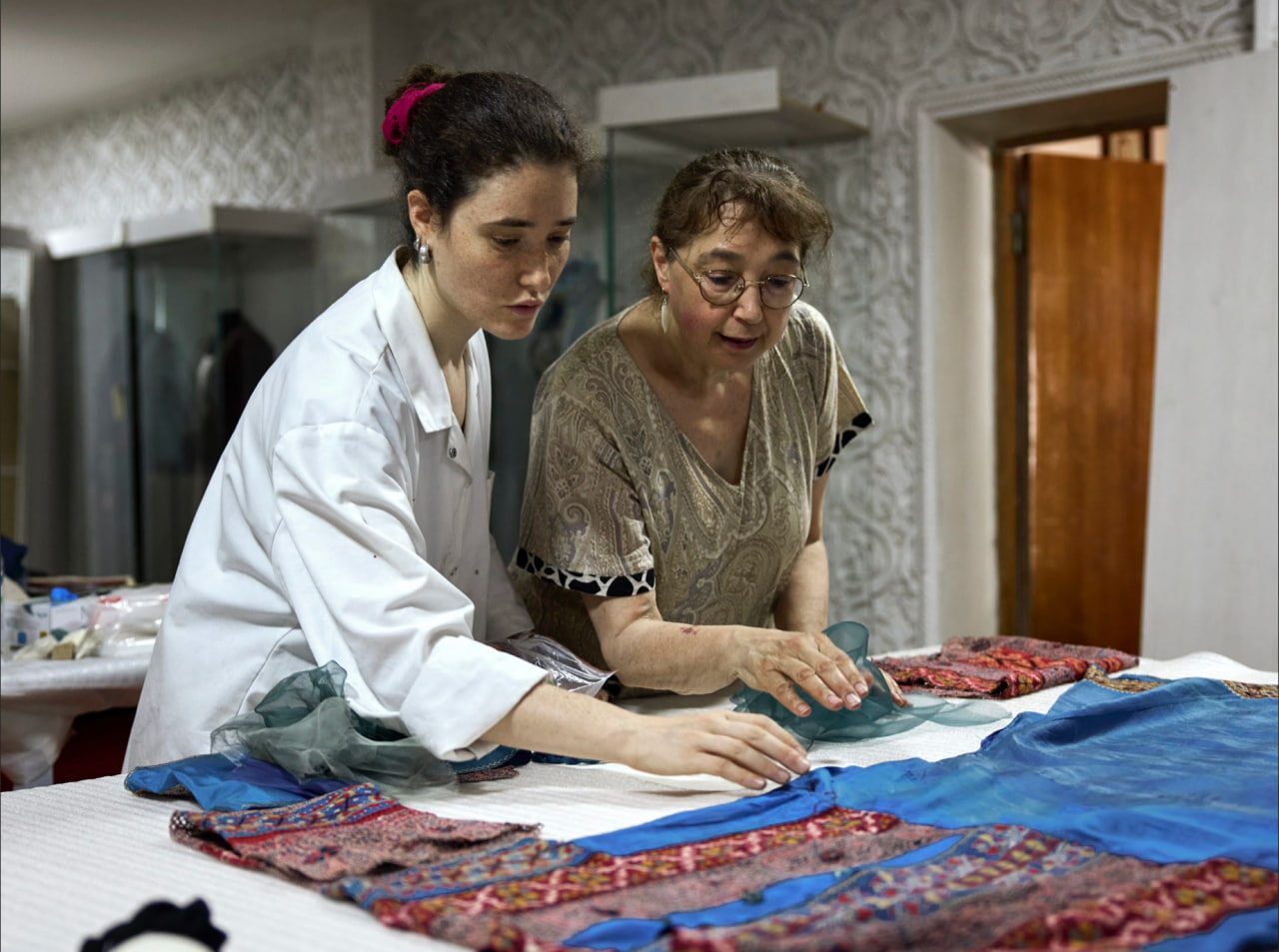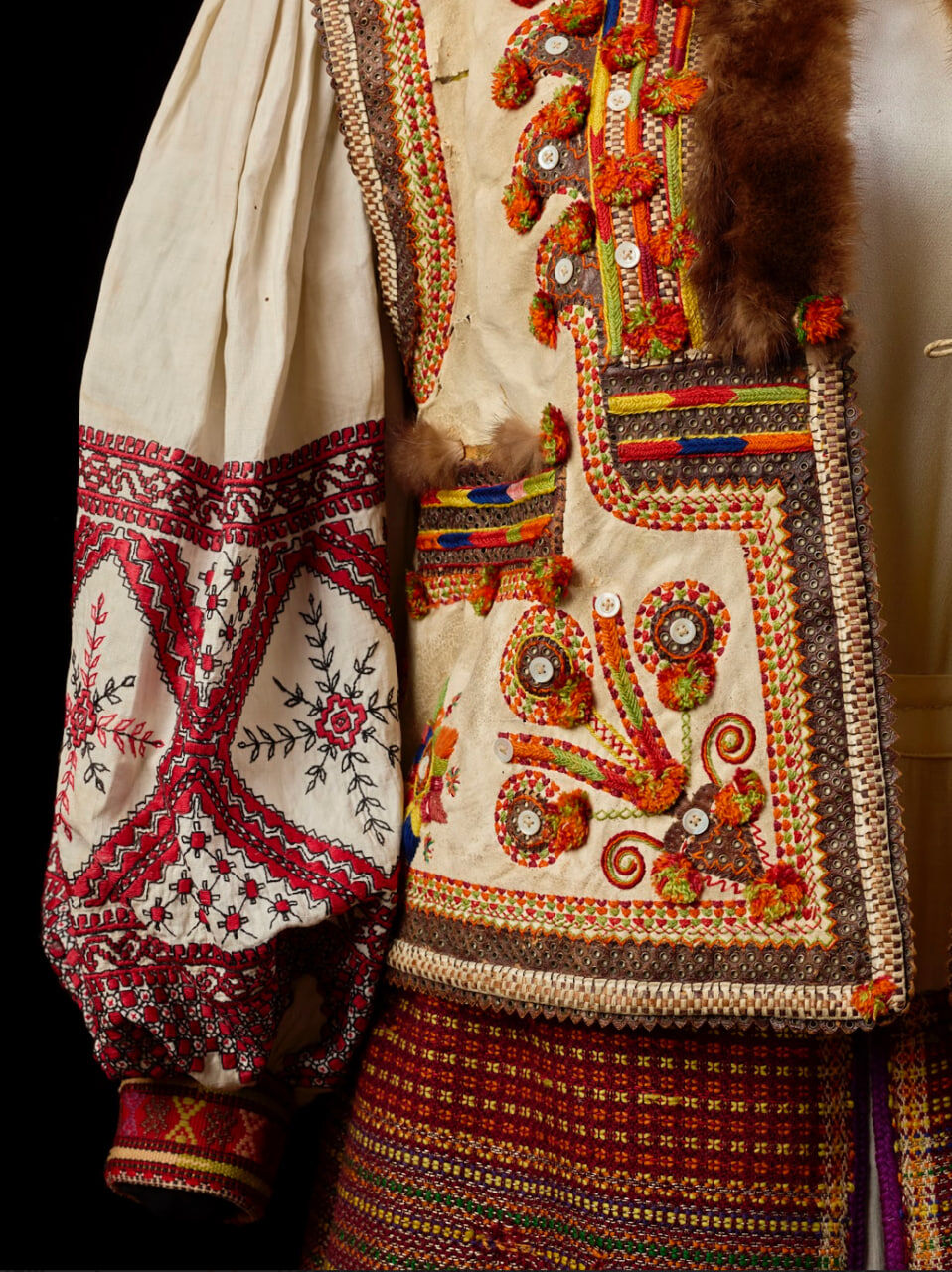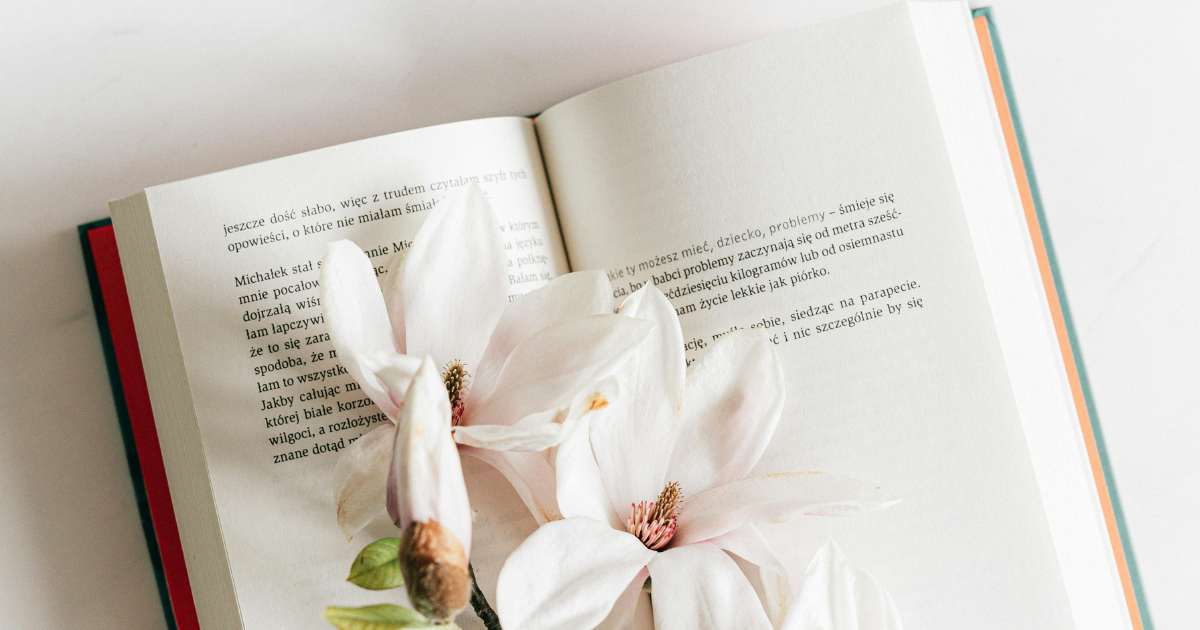The eternal muse of Eastern dance
"There was a natural, incredibly eager need to immerse myself in music, that lived in me"

Tamara Khanum - a pioneering dancer in Uzbek women's dance, a researcher of song and dance folklore, whose name is forever etched in the history of Uzbek art.
Born near Margilan to an Armenian family, a girl named Tamara had a passion for dance from an early age. At a neighbor's wedding, eight-year-old Tamara watched famous yalachis (actresses performing at women's events) in their paranja (a garment that covers the body and face). Tamara spontaneously joined their performance until her mother's voice broke her trance and sent her home. Noticing her daughter's interest and love for dance, Tamara's mother decided to send her for training.
Tamara recalls how her father played the tar (a stringed musical instrument) and sang in Armenian and Uzbek, while her mother and grandmother taught her to sing. Despite having only four years of formal education, Tamara mastered French, a skill that proved invaluable in her later life.
Her autobiography, which pays special attention to her friendship with Uzbek children running around the ariks, bazaars, shrines, and teahouses, reveals the diverse and harmonious Ferghana Valley, which she always spoke of warmly.
At 19, Tamara Khanum left an indelible mark on Uzbek art with her participation in the First International Exhibition of Folk and Decorative Arts in Paris. After a stunning performance, the legendary Isadora Duncan approached her backstage, expressed her admiration, counted her neck vertebrae, and asked permission to touch Tamara's hand.
In her memoirs, the dancer recounted how, while walking through the streets of France, people admired her national outfits and begged her not to wear European clothes. Tamara Khanum even allowed women to queue up and try on her garments.
Tamara Khanum's genre was based on modified folk dance. Her innovation lay in taking the songs and gestures of yalachis and boldly bringing them to the public stage. She added nobility and confidence to Uzbek folk movements, blending them with ballet to cover more physical space on stage.
Tamara Khanum organized the Uzbek theater, tirelessly collecting regional folk dances of Uzbekistan.
A significant event was her participation in the London International Folk Dance Festival in 1935, introducing the British public and press to Uzbek culture for the first time.
Throughout her life, Tamara Khanum performed on various stages. Even in her later years, she was ready to dance anywhere, whether at a friend's house or on a country stage. Her creativity and eternal energy captivated people and drew their eyes to the artist.
The great dancer passed away in 1991, leaving an invaluable legacy for the Uzbek school of national dances.

Photo courtesy of the pr department of the fund for cultural and art development
The Tamara Khanum House Museum and the Restoration of Her Stage Costumes
During her lifetime, Tamara Khanum bequeathed the creation of a museum in her home, which she opened in 1986 with an exhibition featuring 26 unique national stage costumes from around the world.
In 1994, a memorial museum was organized in her house.
The main part of the museum's exhibition consists of numerous concert costumes collected by Tamara Khanum during her tours and those gifted by admirers of her talent from around the world.
From June 3 to 14, 2024, restoration and preservation work on the stage costumes of the famous dancer was conducted at the Tamara Khanum House Museum with the support of the Uzbekistan Foundation for the Development of Culture and Art. This was part of a joint project between the National Institute of Heritage and the cultural heritage institution.
Specialists from the National Institute of Cultural Heritage participated in the restoration work, led by Patricia Verges, a technical expert and cultural heritage preservation specialist, and Patricia Dal-Pra, a restorer and textile conservator.
The restoration work is part of the major renovation and reconstruction of the Tamara Khanum House Museum.

Photo courtesy of the pr department of the fund for cultural and art development


